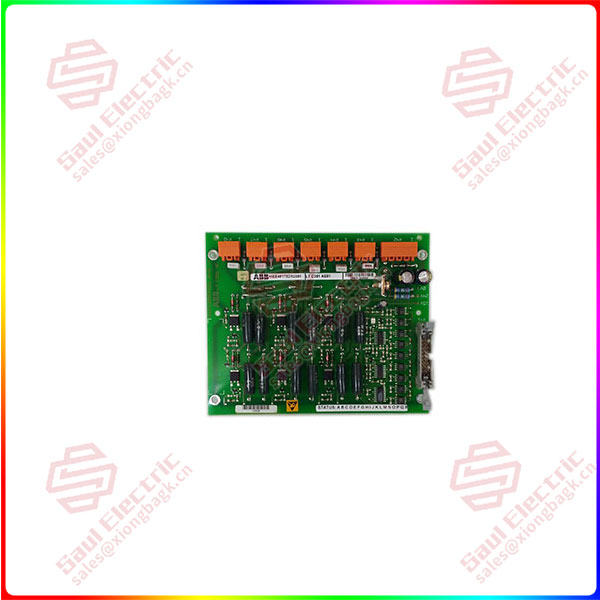Smart sensors are the perception units of the information age, which can receive and process massive data and transmit information instantaneously, and play an important role in the development of 5G communication, artificial intelligence, big data, cloud computing, Internet of Things, advanced robots, unmanned driving, intelligent manufacturing, intelligent transportation, intelligent medical care, as well as promoting high-quality economic transition and building a future intelligent society.
China’s smart sensor market
Ushering in a period of rapid growth
In the early stage of the rapid development of computer and communication technology, people ignored the sensing technology, resulting in the information technology “brain” developed, and “five senses” slow dilemma. After entering the new century, with the maturity of advanced manufacturing technologies such as nanomaterials and MEMS, developed countries have accelerated the layout of intelligent sensing technology, and established the development of sensing technology and products in the direction of intelligent systems with integrated sensing, knowledge and connection functions. With the support of national policies, China has initially formed a sensor technology research and development system, built a number of platforms, there are more than 1,800 sensor companies, 40 listed companies. However, at present, China’s sensing materials and devices are still facing problems such as lack of key technologies, weak innovation ability, insufficient effective supply of products, and weak international competitiveness.

HIEE401782R0001–LTC391AE01
For example, more than 90% of high-end magnetic sensors and medical sensors rely on imports; During the new coronavirus epidemic, affected by the lack of supply of core sensing components such as flow and pressure in Europe and the United States, China’s ventilator output is only 1/3 of the actual capacity. “Science and Technology Daily” pointed out on April 25, 2018 that the strict requirements of precision and stability of sensors have blocked the pace of most enterprises in China to move toward haptic sensors. The reason is that on the one hand, the increasingly complex device process makes small and medium-sized enterprises “daunting”; On the other hand, the lack of independent intellectual property rights is a “roadblock” that is difficult to overcome, and more exploration and innovation are needed.
At present, the new technological revolution and industrial change are gathering momentum, the interdisciplinary integration and mutual penetration of the field, the development of intelligent sensing technology has entered an important historical stage, there will be more new materials, new technologies, new processes, new software applied to unmanned lidar, integrated navigation wheel speed meter, smart phone time-of-flight sensor, combined inertial sensor, etc. Temperature and humidity sensors for smart agriculture, medical testing, organ chips, wearable sensors, and key sensing modules for aerospace, deep space and deep sea, high-speed rail, and autonomous nuclear power technology.
— Tu Hailing, academician of Chinese Academy of Engineering, Zhao Hongbin, senior engineer of Youyan Technology Group Co., LTD
According to CCID Consulting data, the global sensor market reached $152.1 billion in 2019. The size of China’s sensor market was 218.9 billion yuan in 2019 and is expected to reach 344.3 billion yuan in 2022. At present, smart sensors have become the focus of the development of the sensing field, according to the data of the China Institute of Information and Communication Technology, the global smart sensor market in 2019 is 37.85 billion US dollars, and the Ministry of Industry and Information Technology proposed that the scale of China’s smart sensor industry should be 26 billion yuan in 2019. With the continuous landing of a new generation of information technology and intelligent manufacturing engineering projects, China’s smart sensor market will usher in a period of rapid growth.
 1 Year Warranty
1 Year Warranty





